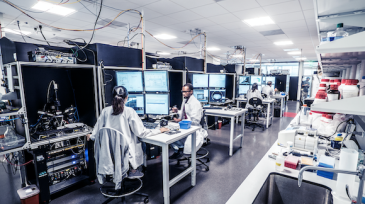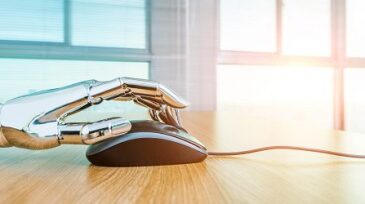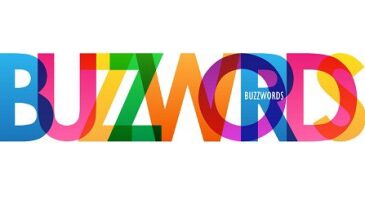AI/machine learning
Even as industry faces policy and tariff uncertainty, companies view spending on digital transformation as a driver of efficiency.
The Tela artificial intelligence assistant is designed to analyze data and adapt upstream workflows in real time.
In this third work in a series, the authors conduct transfer-learning validation with a robust real-field data set for hydraulic fracturing design.
-
Many predictions have been made about what advances are expected in the field of artificial intelligence and machine learning. This column reviews a “data set” based on what researchers were apparently studying at the turn of the decade to take a fresh glimpse into what might come to pass in 2020.
-
Using the supplied data set of cone penetration test results, competing teams had to predict the number of hammer blows required to drive the pile a given unit of depth in the North Sea.
-
Artificial intelligence may never match the human brain.
-
Artificial intelligence and emerging technologies such as virtual personal assistants and chatbots are rapidly making headway into the workplace. Research and advisory company Gartner predicts that, by 2024, these technologies will replace almost 69% of the manager’s workload.
-
Recently, the hype around artificial intelligence and machine learning caused several people to ask me how much of a project is actual machine learning. Based on man-hours spent on the project, I estimate that only about 5% of the effort is spent directly on data-science-related activities.
-
Industry 4.0, the latest industrial revolution, has hit the manufacturing sector, building upon the adoption of computers and automation into industrial processes. How well suited is the oil and gas industry to leverage the new autonomous systems that could emerge from this transformation?
-
With so many buzzwords surrounding artificial intelligence and machine learning, understanding which can bring business value and which are best left in the laboratory to mature is difficult.
-
Despite having some of industry’s most hazardous working environments, a sector that pioneered the adoption of digital technology has been slow to exploit artificial intelligence and machine learning in the area of health and safety.
-
This paper details how artificial intelligence was used to capture analog field-gauge data with a dramatic reduction of cost and an increase in reliability.
-
Major differences exist between engineering- and nonengineering-related problems. This fact results in major differences between engineering and nonengineering applications of artificial intelligence and machine learning.












